11 kinds of semishadetolerant plants that are essential for the shade of trees. They can bloom and have leaves. It depends on which one you choose.
The sunlight under the shade of trees is not very sufficient. Only some scattered light can pass through the branches and leaves of the trees every day, or the sun can only shine in the morning or evening. In such an environment, can some plants grow well and maintain normal flowering?
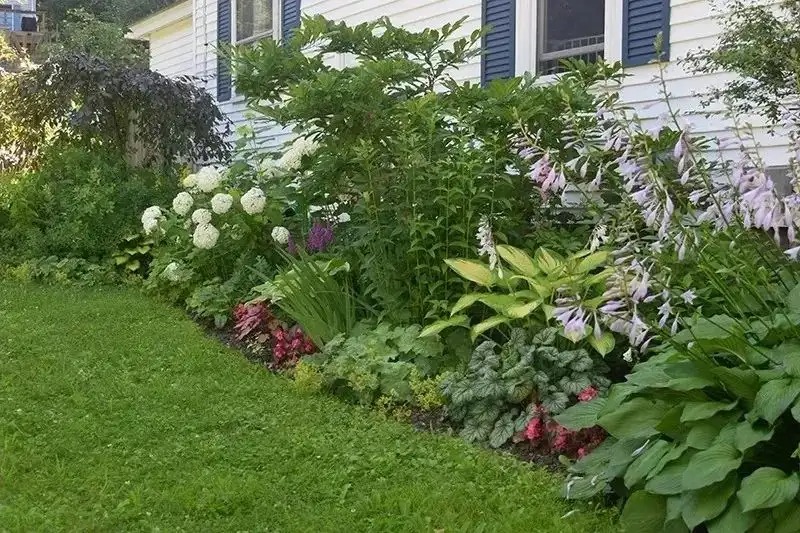
Common plants grown under shade trees include hosta, peonies, creeping weeds, astilbe, ferns and various ornamental grasses.
The following plants are particularly suitable for growing under the shade of trees and can ensure brilliant flowering. It depends on which one you like.
1. Clivia
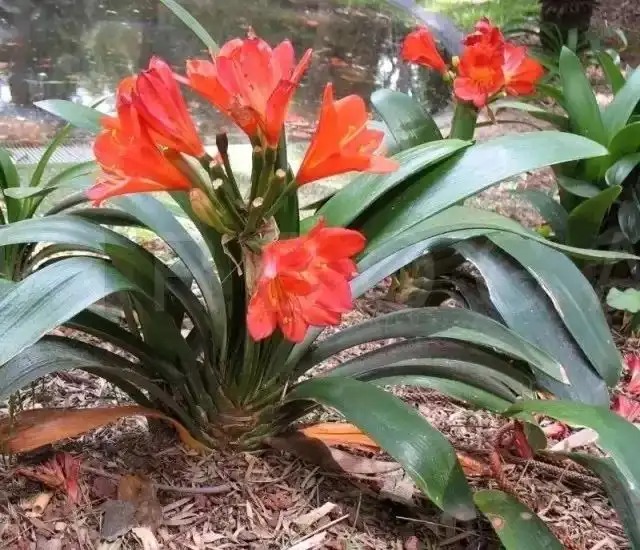
Clivia itself is a short-day plant. It is an evergreen plant that originally grows under the shade of trees. They can bloom very charming bell-shaped flowers in spring. The flower color is usually orange. Its flowers bloom on a relatively long pedicel. There will be emerald green striped leaves at the bottom of the plant. If properly maintained, the leaves will grow very evenly.
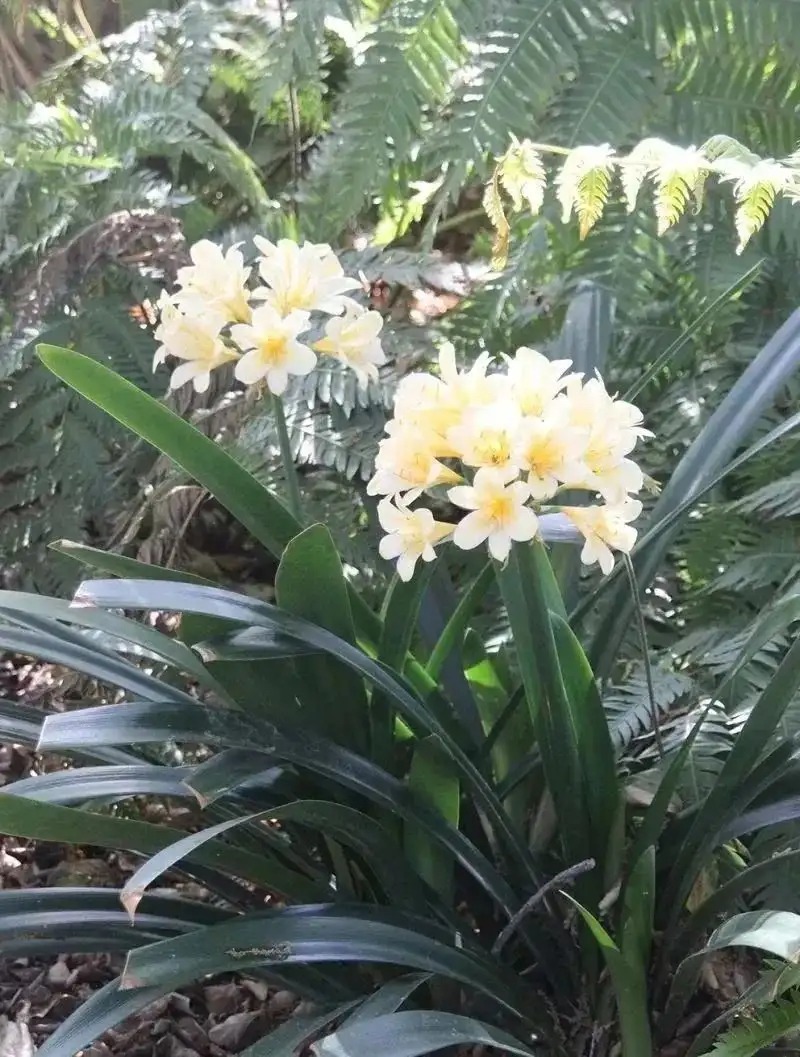
As long as there is no frost outdoors, Clivia can be grown outdoors all year round. It is best to grow it under the shade of trees. Soil with more humus and good drainage can promote the growth of Clivia. It is afraid of exposure to the sun and prefers ventilated and high-speed environment. These conditions can be met under the shade of trees.
2. Iron chopsticks
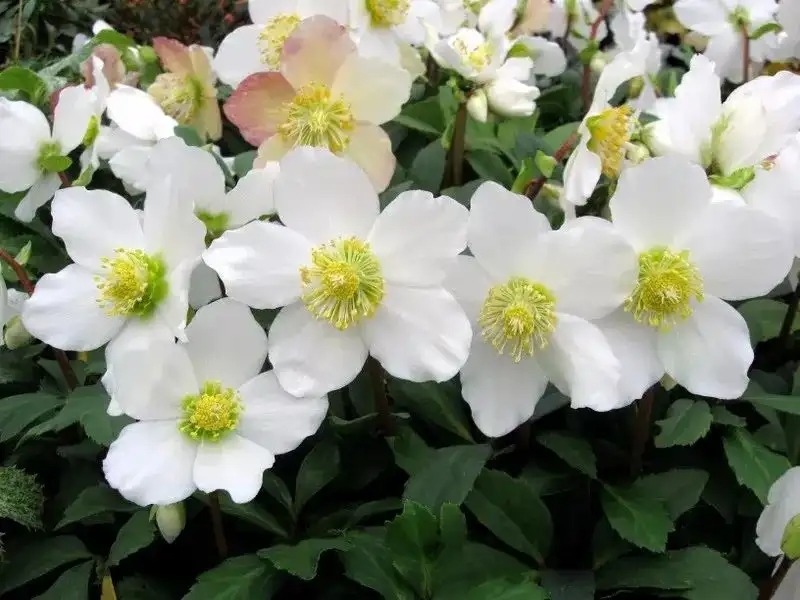
Many friends cannot grow helleborus well. In fact, it is a herbaceous flower native to the north. In some hotter or humid environments in the south, helleborus is difficult to grow well. It is a perennial flowering plant that usually blooms in late winter and early spring. Its flowers are drooping downwards, not because of bad condition, but because of its own shape.
When caring for Helleborus, you should pay attention to choosing a suitable location, such as under the shade of a tree, giving it more soft light in the morning or evening, and providing appropriate shade at noon and in the afternoon. Of course, it is also okay to grow Helleborus in a flowerpot. It prefers some loose and well-drained soil, and you can add more organic soil to the potting soil.
3. Impatiens
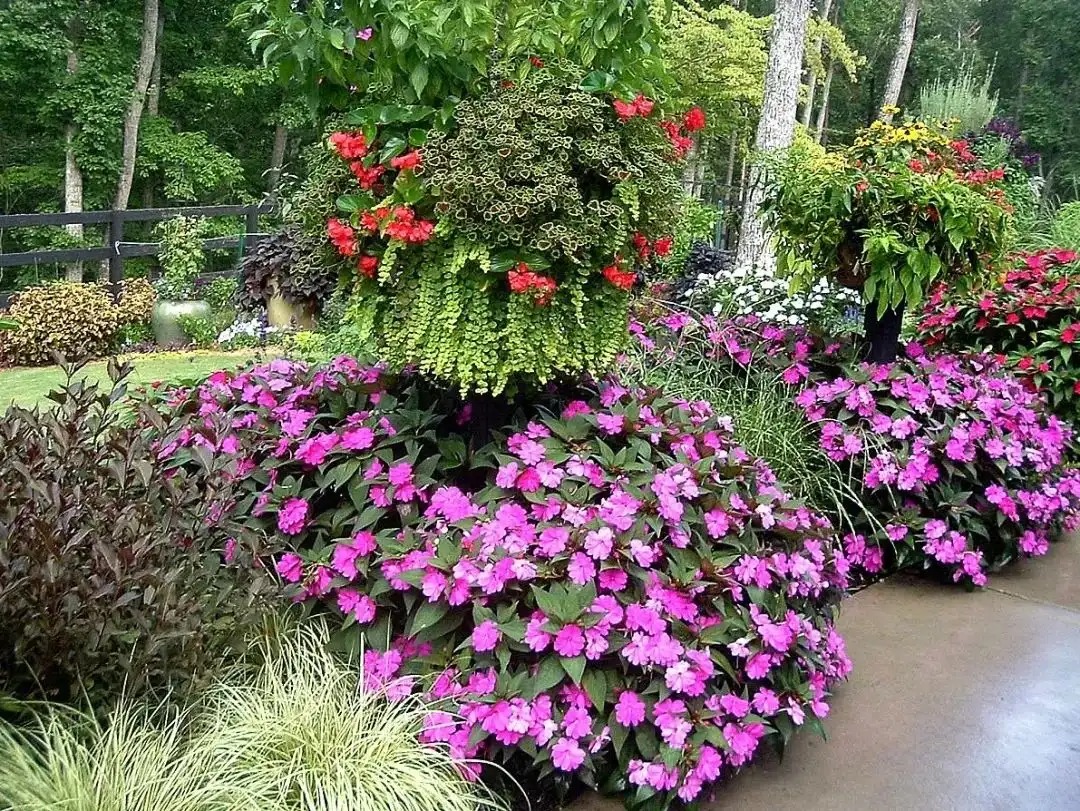
There are more and more varieties of Impatiens now, for example, the common Guinea Impatiens, Multicolored Impatiens, African Impatiens, Sudan Impatiens and other varieties. Their colors include common pink, red, purple, white and mixed colors.
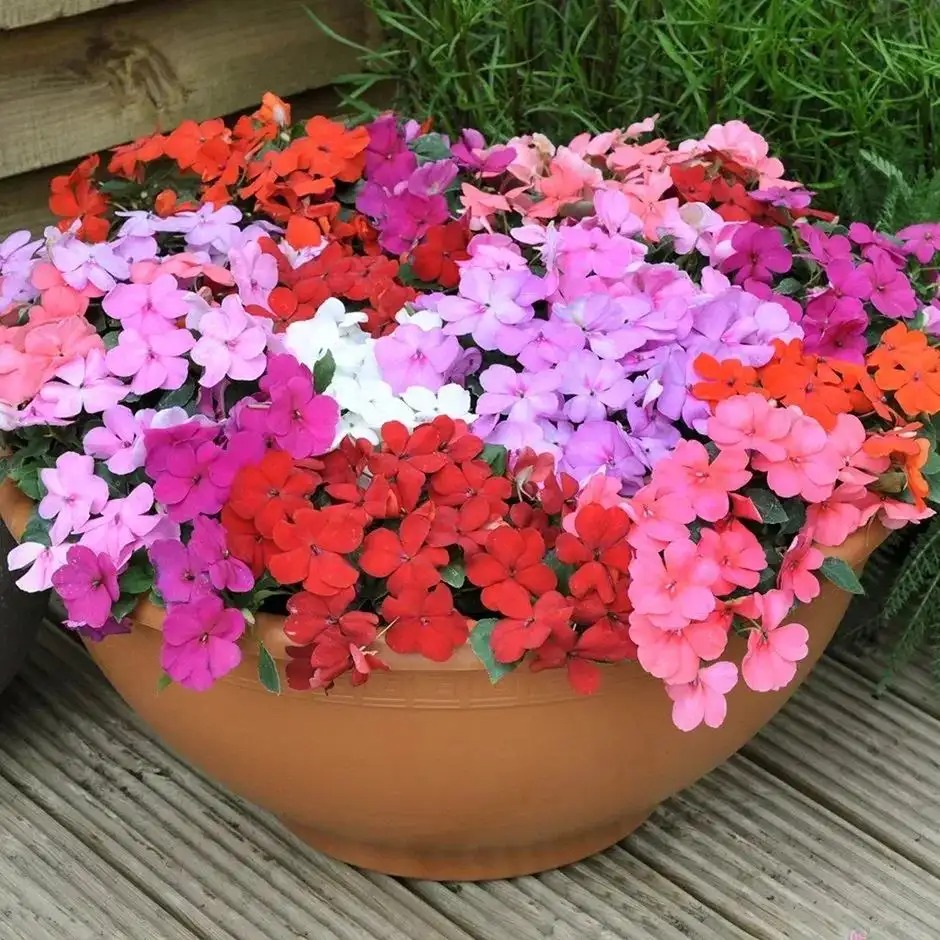
Impatiens prefers scattered light and can bloom brilliantly even under the shade of trees. It can grow and bloom as long as it is kept in a place with soft light for about 3 to 5 hours a day. The environment should be kept warm all year round, and the potting soil should be watered thoroughly when it is dry. During maintenance, avoid excessively frequent watering, and do not allow moisture to remain on the leaves for a long time, otherwise it will be easy to be infected with leaf spot disease.
4. Primrose
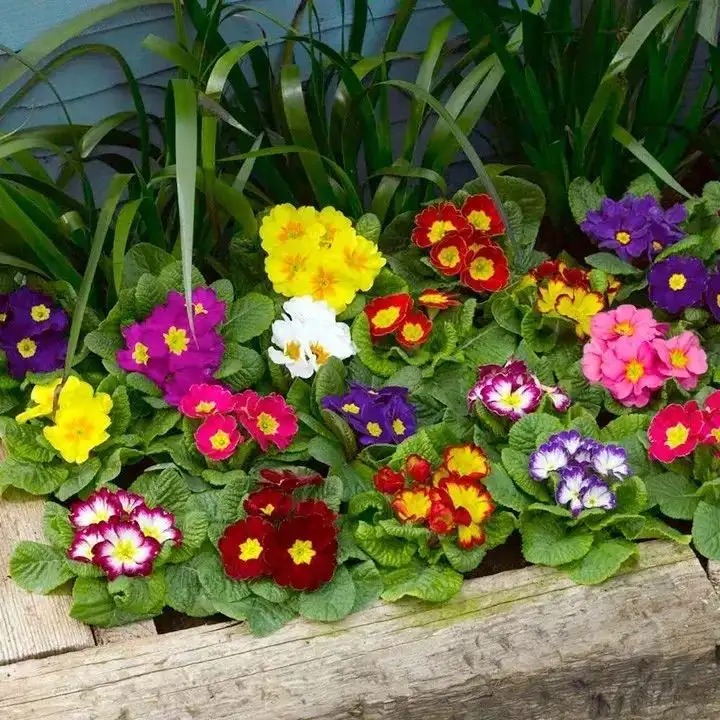
Primrose is very suitable for arranging flower borders. Its flower shape is very elegant. It was originally an alpine plant, but now many ornamental varieties have been cultivated. There is no problem in growing it in a flowerpot.
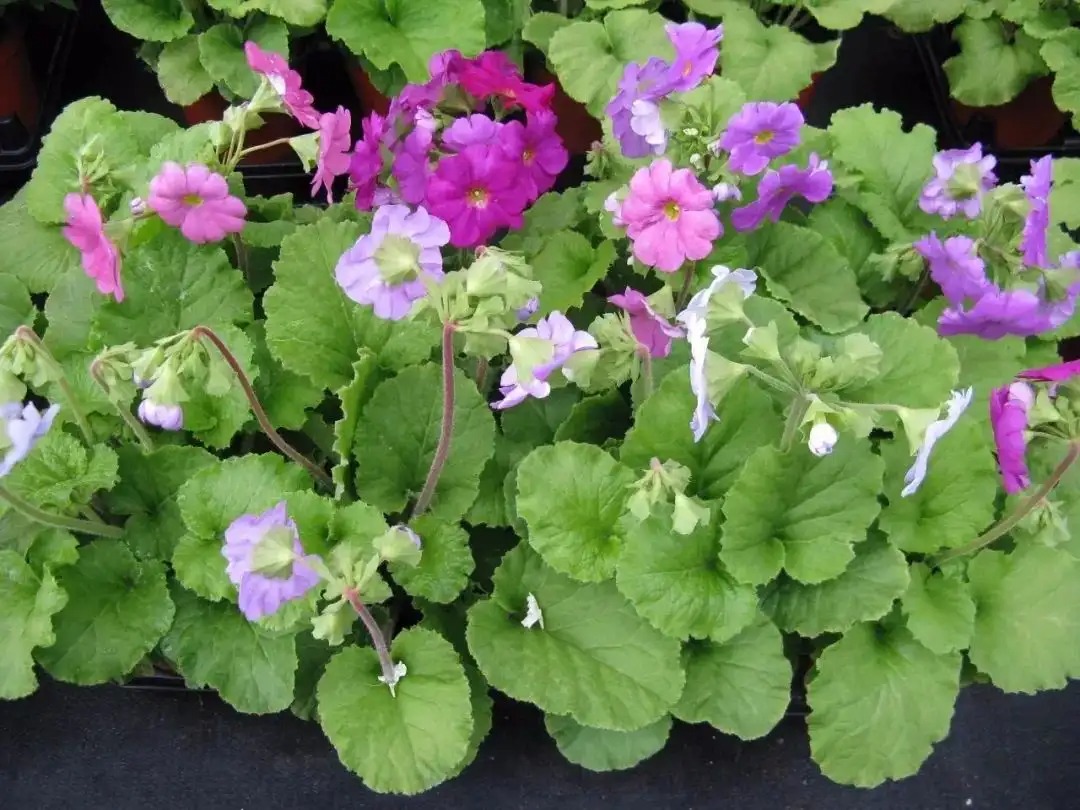
During the growth of primroses, it is important to avoid excessive exposure to the sun. They can also maintain a good living condition in a flowerpot. Primroses usually bloom in spring, and are afraid of damp soil and excessive exposure to the sun, otherwise the leaves will be sunburned. In addition, they prefer a cooler environment and avoid excessively hot weather.
5. Coleus
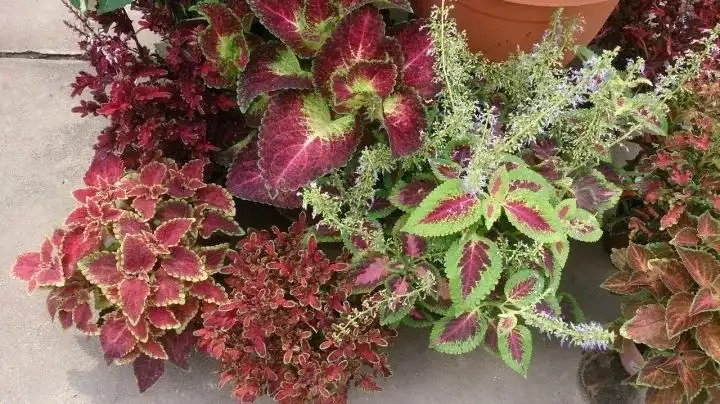
Coleus comes in many colors, and the shapes and patterns of its leaves are very bright. It occasionally blooms, but it tends to wither after blooming.
Coleus is a very popular landscape plant. It can be planted under the shade of trees or on a shaded window sill indoors. It does not need too much light. If it is grown in a location with too much direct sunlight, its leaves are more likely to be sunburned, and the edges and tips of the leaves are prone to scorching.
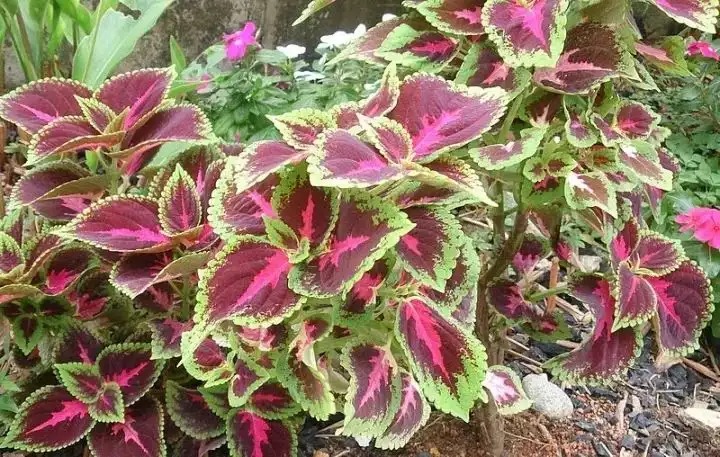
In the daily maintenance process of coleus, it is necessary to ensure a moist environment. Also, pay attention to occasional watering. Do not allow moisture to remain on the leaves for a long time, otherwise the leaves will easily be infected with leaf spot disease. If water accumulates in the potting soil for a long time, it will easily lead to root rot.
6. Golden Leaf Passerine
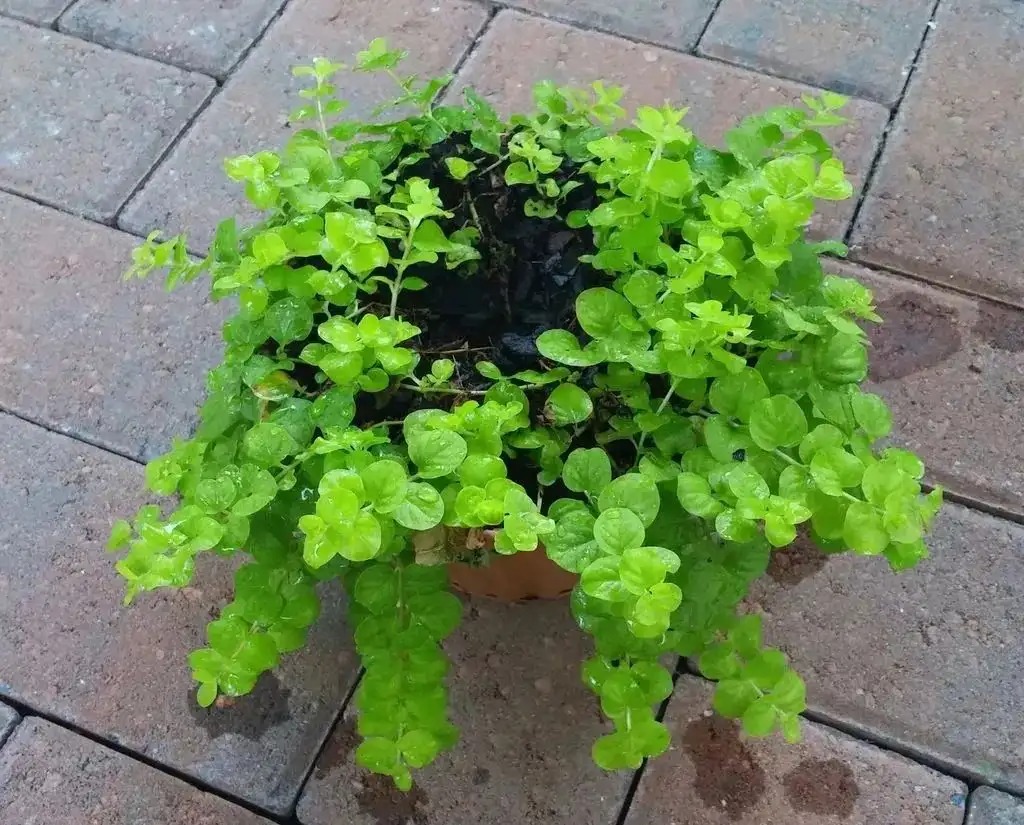
Golden Leaf Passerby is a foliage plant that grows particularly fast. It is very easy to grow. Its leaves will appear golden in an environment with appropriate scattered light. If the environment is overly shaded, its leaves will turn from golden to green, and its ornamental value will be reduced by several levels.

When caring for Golden Leaf Passerby, you must ensure that it is not kept in a confined space. It can be used as a hanging pot plant, planted on the edge of a pot, or as a landscape plant planted on the edge of a flower bed. When growing it under the shade of a tree, you must ensure that the environment is warm.
7. Coin Grass
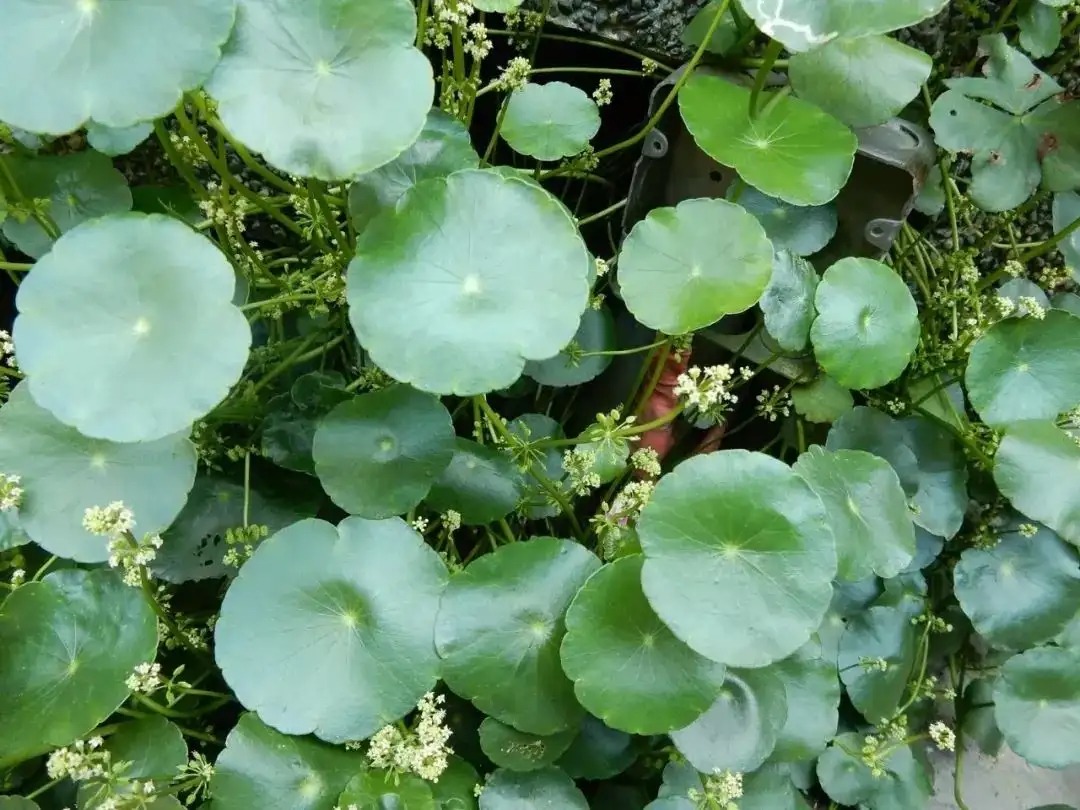
If the trees are planted by the water, you can place some pennywort under the shade of the trees. Pennywort is a plant that grows by the water. It can even grow vigorously in a place where it is half water and half soil. What it fears most is cold and dryness.
However, one thing needs to be noted. If the pennywort is planted outdoors in a place without frost all year round, it will easily spread excessively. It is best to grow it in a flower bed to limit its growth and avoid excessive spreading.
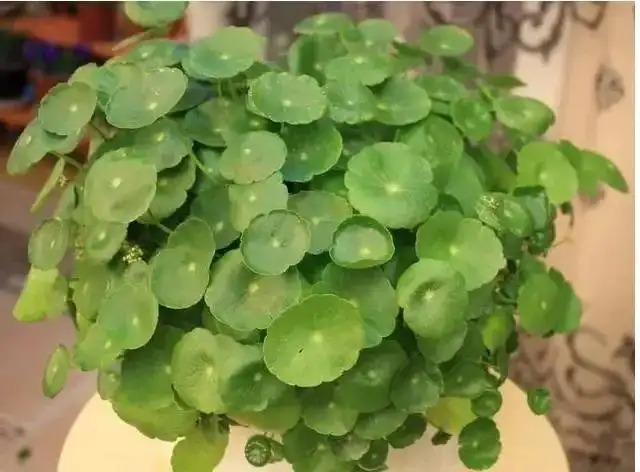
Anyone who has grown pennywort knows that this plant is particularly easy to grow, and its leaves are like copper coins. If the soil is fertile enough, it will grow particularly fast. It likes proper light, sufficient water and a warm environment.
8. Alum root

Alumroot prefers soft scattered light. It is a perennial ornamental plant with beautiful leaves and flowers. It is especially suitable for growing under the shade of trees. It is a relatively shade-tolerant plant and likes a warm environment all year round, but it needs a suitably cool environment to hibernate in winter.
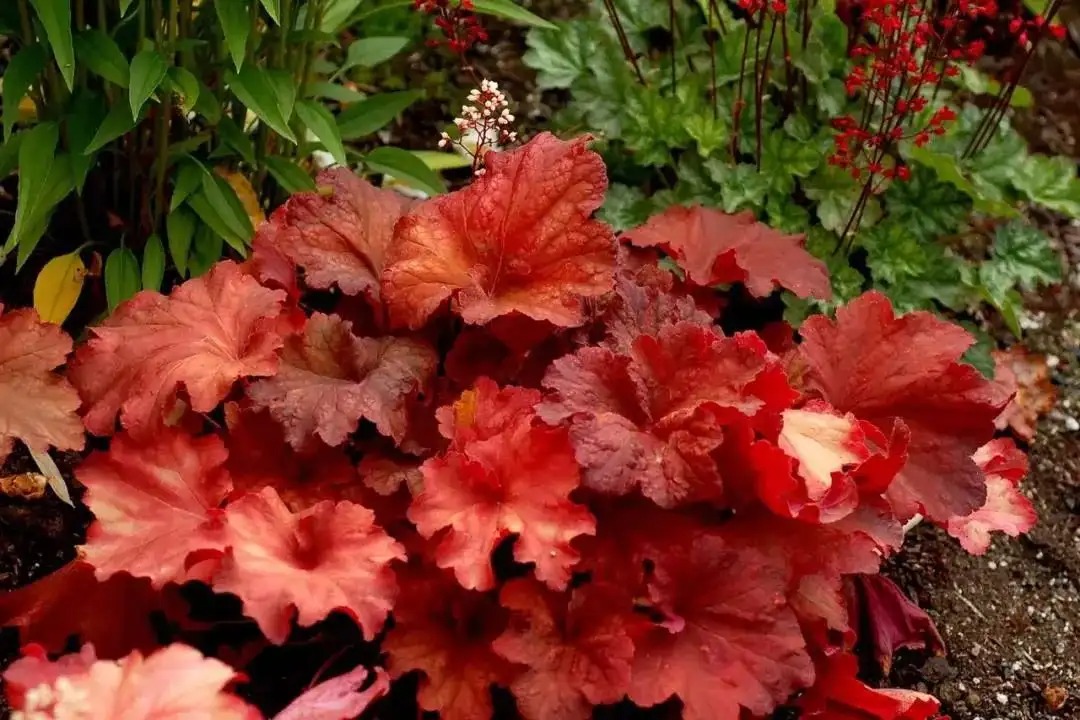
The soil for growing alum roots must have good drainage and should not be planted in overly low-lying areas. During cultivation, ensure that there is appropriate scattered light every day and the environment should be well ventilated.
9. Vinca
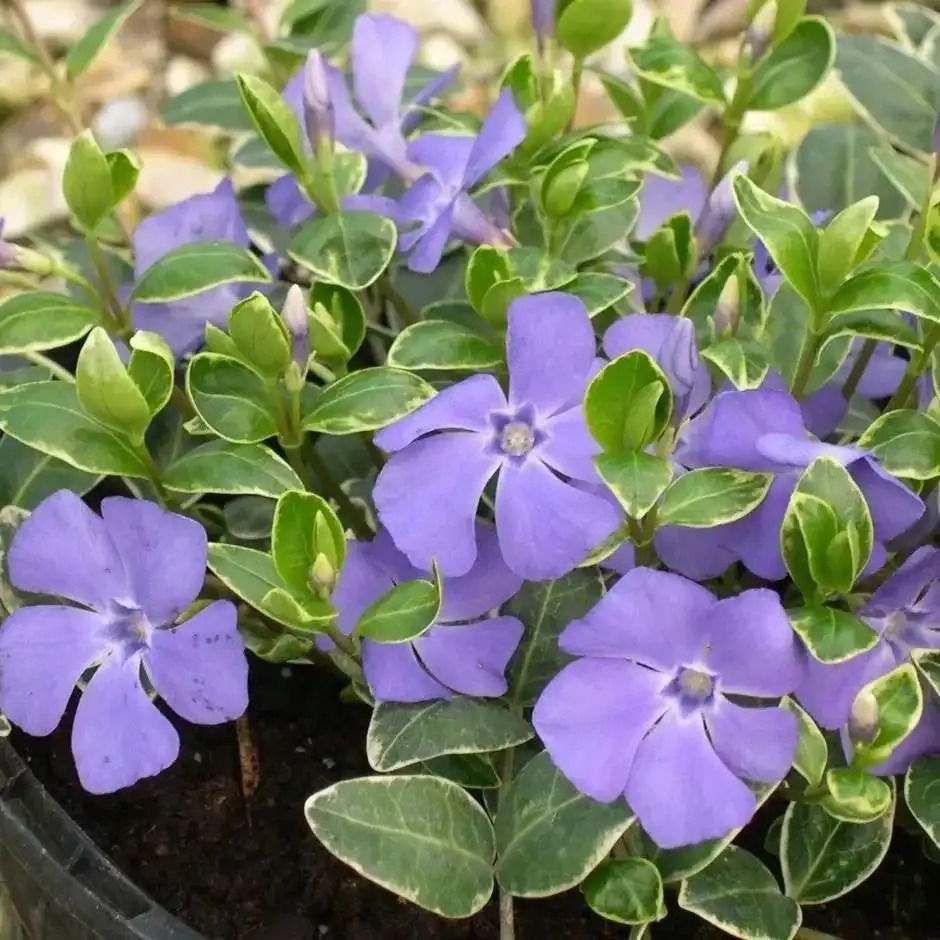
Variegated philadelphus is a creeping foliage plant that occasionally blooms blue-purple flowers. Variegated philadelphus prefers a warm and humid environment all year round. In the southern regions, where there is no frost all year round, it can be grown outdoors and is already arranged in a flower border.
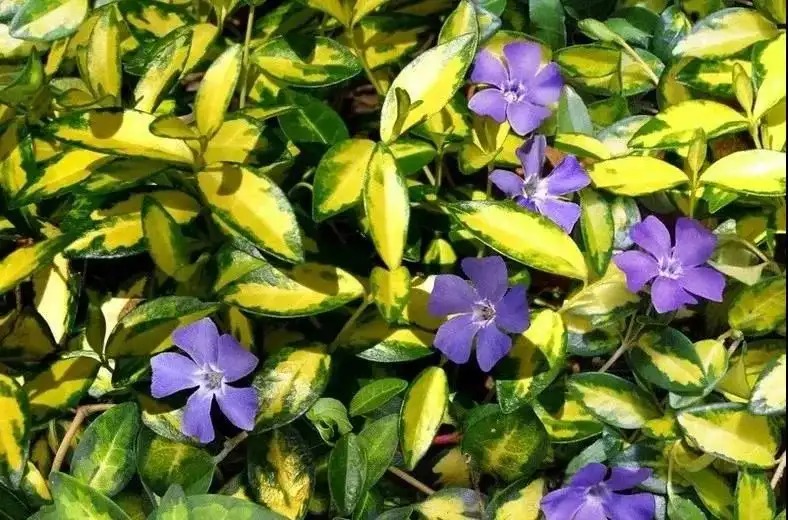
The environment for cultivating variegated philadelphus must maintain a certain air humidity, good ventilation, and the maintenance temperature must be maintained above 5~7 degrees. In addition, attention should be paid to appropriate scattered light every day to make its leaves more shiny. This is definitely a good choice.
10. Begonia
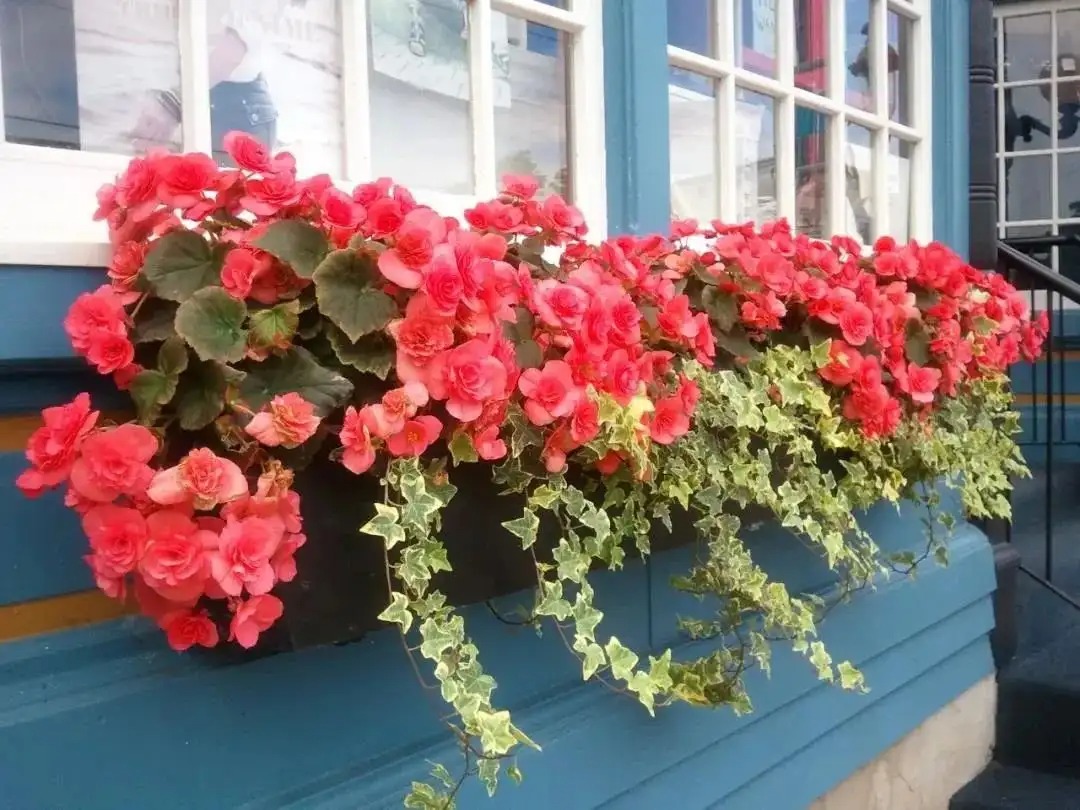
In flower border arrangements or garden landscapes, begonias are very popular herbaceous flowers. They have many varieties and are relatively easy to maintain. As long as the environment is kept warm, they can continue to grow for many years.
The environment for cultivating begonias needs to have good drainage. During maintenance, the soil should be prevented from being excessively moist. In addition, the environment should have appropriate scattered light (3 to 5 hours), and excessive exposure to the sun should be avoided. The soil in the pot should be kept dry and thoroughly watered. No moisture should remain on the leaves for a long time, otherwise it will easily lead to leaf rot or even leaf spot infection. The maintenance environment should have more than 3 hours of soft light a day to meet its growth and flowering needs.
11. Ophiopogon japonicus
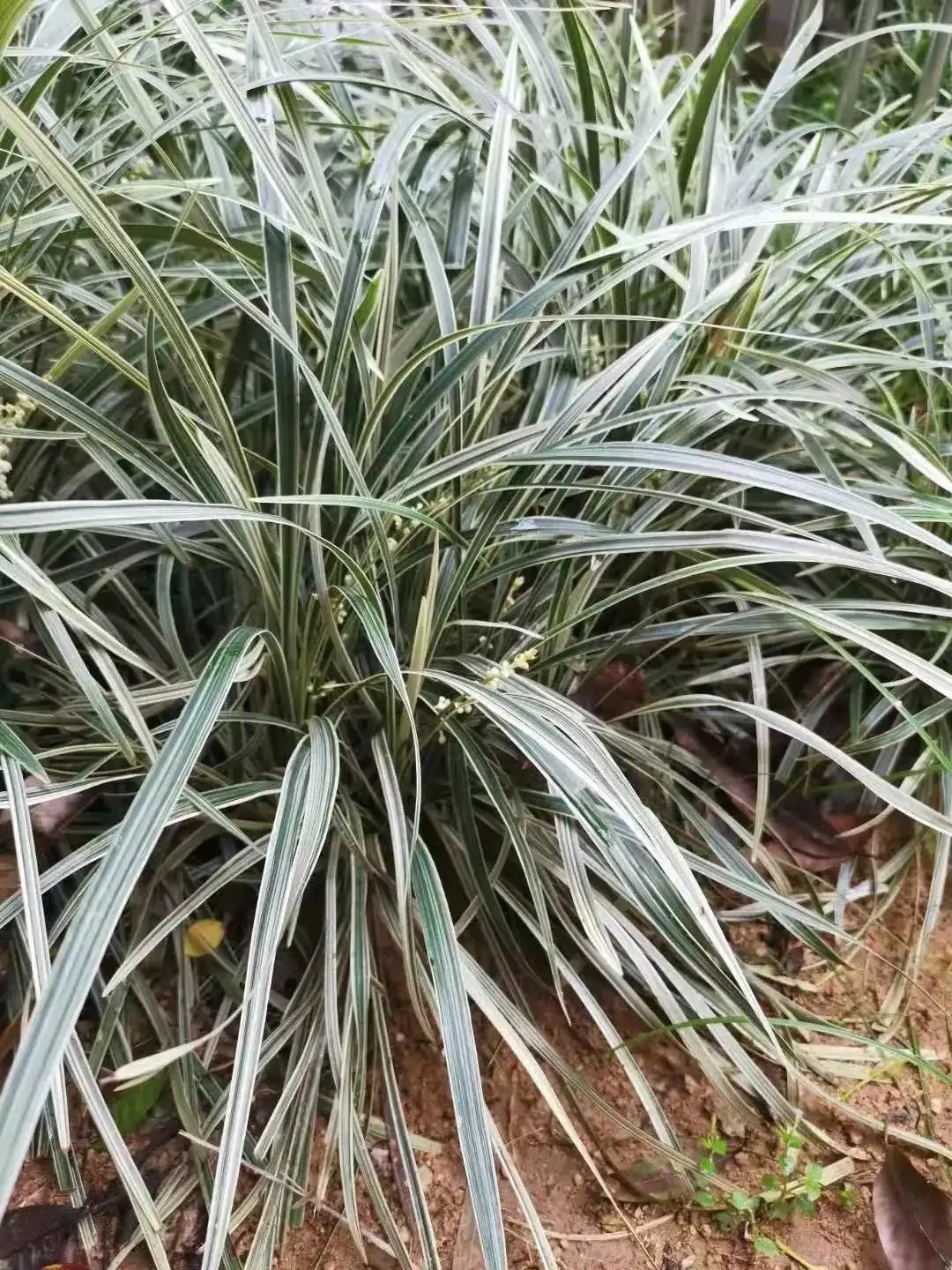
Ophiopogon japonicus grows particularly well under the shade of trees. They do not require much light and can grow vigorously with appropriate soft scattered light every day.
Ophiopogon japonicus is often mistaken for spider plant because it has many leaf varieties. The leaves are relatively narrow and long, and can grow long flower stalks at the bottom of the rhizome. The flowers are white and quite beautiful.